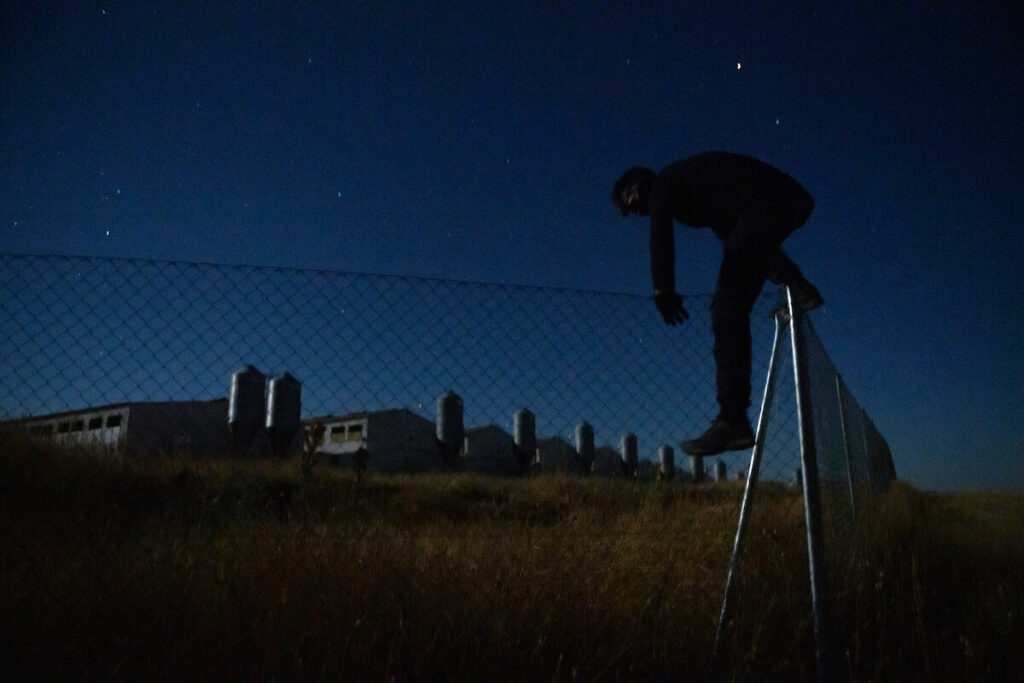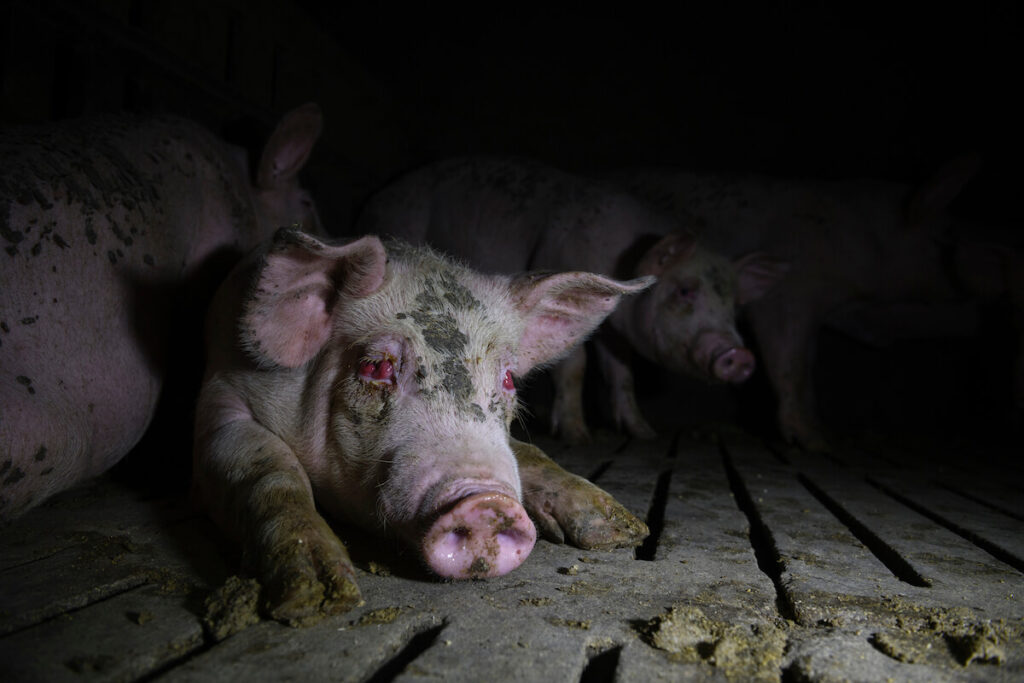News
Our Favorites Stories of 2025
Food•5 min read
Feature
Between 2019 and 2020, documentary photographer Aitor Garmendia conducted an investigation into 32 Spanish pig farms. This is what he found.


Words by Matthew Zampa
For the past two years, from 2019 to 2020, documentary photographer Aitor Garmendia has been hopping fences and infiltrating factory farms to document animal abuse in Spain’s booming pork industry as a part of an investigation into 32 Spanish pig farms. His photographs and notes from the field demonstrate the lack of veterinary oversight and the failure of these farms to meet even the most basic welfare standards. Garmendia, who has covered animal agriculture for seven years as a part of his ongoing photojournalism project, Tras Los Muros, reminds us that “the abuses described in this report are not isolated incidents, but an inherent part of the industrial exploitation and production of animals.”
Warning: This collection of images contains graphic violence.

Aitor Garmendia: The objective is to gain access to the farm and document the living conditions of the animals under the intensive livestock system. According to the Special Eurobarometer 442 (2015), 64 percent of citizens stated that they would like more information about the conditions under which farmed animals are treated. Nonetheless, despite being a matter of public interest, the livestock industry makes access to its facilities difficult. As such, groups of animal rights investigators must take the legal risk to gain access to farms covertly, often at night, in order to document and make public what happens inside and share those images with the media.

The first time activists gained access to this farm, in November 2019, they found decomposing carcasses. Months later, during a second visit, the bodies had still not been disposed of.

The Council Directive 2008/120/EC relates to the minimum welfare standards of raising pigs. The directive allows sows to be placed in individual cages where they remain immobilized during the first four weeks of pregnancy. The cages are arranged like cells in areas where hundreds of sows can be housed next to each other.
On October 2, 2020, the European Commission received the European Citizens’ Initiative “End The Cage Age,” signed by 1.4 million citizens, asking the EU to ban the use of these cages in farms.



Inside the sheds, the pigs are exposed to a combination of gases and particles such as methane and ammonia—produced by the slurry accumulated in a pit under the floor of the enclosures—as well as a variety of different infectious agents, dust from the feed, and dry fecal matter.
Some pigs are left in corridors to die. This violates animal welfare regulations as stated by the Royal Decree 348/2000.

The Council Directive 2008/120/EC also allows breeding sows to be held in farrowing cages until the end of their lactation period, which ranges from 21 to 28 days. These farrowing crates are similar in size to the gestation crates and restrict a large part of the animal’s movement. These welfare issues were first specified in the report “The Welfare of Intensively Kept Pigs” by the Scientific Veterinary Committee of the European Commission in 1997.

According to an article published by the British Society of Animal Science in 1989, under conditions free from human intervention, domestic sows suckle their young for up to three months. In contrast, in confinement systems, piglets are weaned abruptly, when they are separated from their mother and transferred to the transition area just 21 to 28 days after birth.

Besides those who are born dead, many pigs cannot cope with the living conditions they are forced to endure.
The latest report from the RENGRATI, a national farming network, places the mortality of its farms between a minimum value of 5.4 percent and a maximum of 10 percent for sows, between 10.6 and 16.5 percent for non-weaned piglets, and between 2 and 4 percent for weaned piglets.
The investigation goes on to detail more graphic scenes, including forced weaning, the mutilation of pigs’ genitals, tail, and teeth, as well as branding, fattening, transport, euthanasia, and slaughter. Sentient Media’s editorial staff has decided not to include those images here, but you can access the full investigation here.